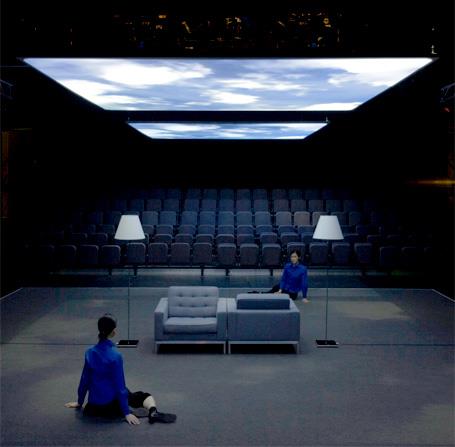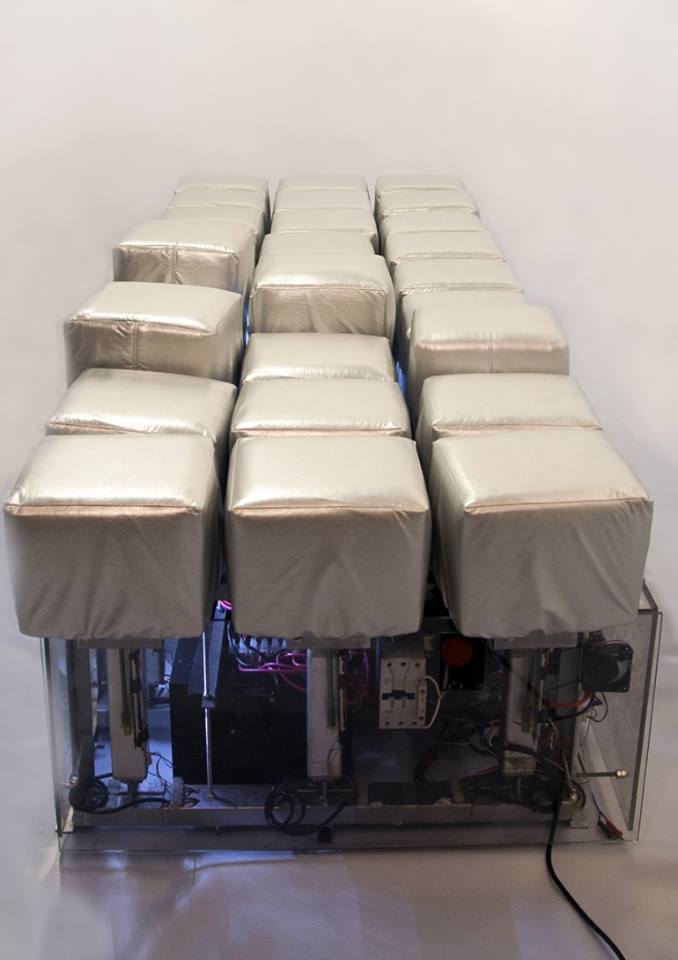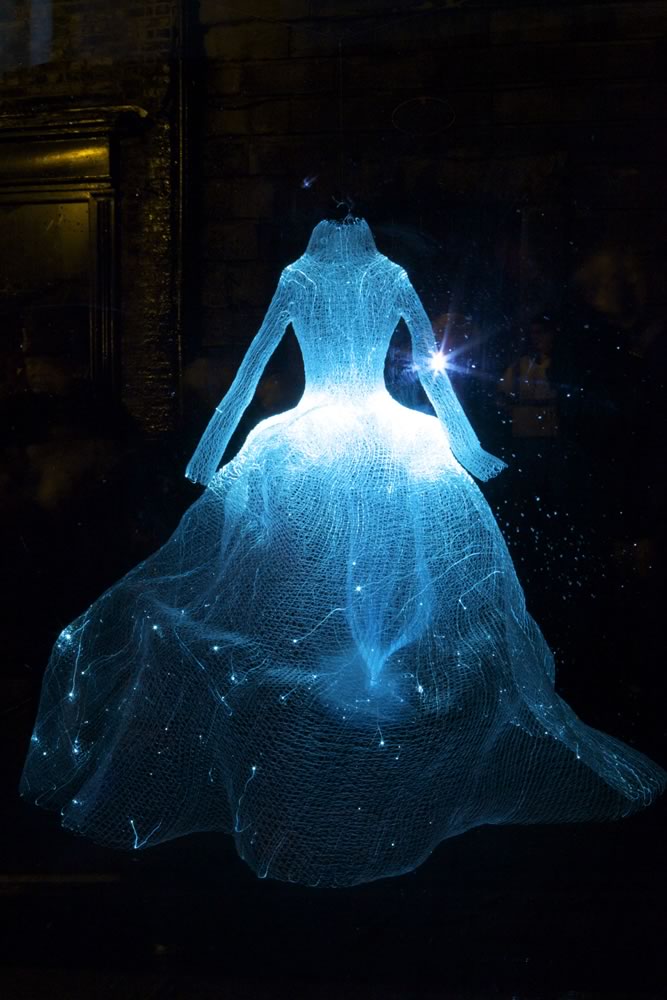
SHIRO TAKATANI
高谷史郎
史郎の高谷
La chambre claire
La Chambre Claire (or Camera Lucida) is a show built up from precise, symmetrical movements, inviting spectators to embark on a thought-provoking journey into their most intimate and personal territory. In this, his first solo work as creative artist and director, Shiro Takatani pays homage to the French writer Roland Barthes and his essay on photography, La chambre claire (1980). The result is a performance that blends theatre, the art of movement and installation to compose a great fresco full of subtle, elegant minimalist images that advance towards an aesthetic climax. Reflecting on photography and memory, the production invites us to embark upon an intimate, solitary journey to look inside ourselves and formulate a personal interpretation of what we see.
.
La Chambre Claire (oder Camera Lucida) ist eine Show, die aus präzisen, symmetrischen Bewegungen aufgebaut ist und die Zuschauer zu einer zum Nachdenken anregenden Reise in ihr intimstes und persönlichstes Gebiet einlädt. In seiner ersten Soloarbeit als kreativer Künstler und Regisseur huldigt Shiro Takatani dem französischen Schriftsteller Roland Barthes und seinem Aufsatz über Fotografie, La chambre claire (1980). Das Ergebnis ist eine Performance, die Theater, Bewegungskunst und Installation miteinander verbindet, um ein großartiges Fresko voller subtiler, eleganter minimalistischer Bilder zu komponieren, die sich einem ästhetischen Höhepunkt nähern. Die Produktion reflektiert Fotografie und Erinnerung und lädt uns ein, eine intime, einsame Reise zu unternehmen, um in uns selbst zu schauen und eine persönliche Interpretation dessen zu formulieren, was wir sehen.
.
La Chambre Claire(またはCamera Lucida)は、正確で対称的な動きから構築されたショーであり、観客を招待して、最も親密で個人的な領域への示唆に富む旅に出ます。この中で、クリエイティブアーティスト兼ディレクターとしての彼の最初のソロ作品である高谷史郎は、フランスの作家ロラン・バルトと彼の写真に関するエッセイ、ラ・シャンブル・クレア(1980)に敬意を表しています。その結果、劇場、動きの芸術、インスタレーションを融合させて、美的クライマックスに向けて前進する繊細でエレガントなミニマリストのイメージに満ちた素晴らしいフレスコ画を構成するパフォーマンスが生まれました。写真と記憶を反映して、この作品は私たちを親密で孤独な旅に乗り出し、自分自身の内部を見て、私たちが見ているものの個人的な解釈を定式化するように誘います。











